Printable Minutes of Meeting Samples
-
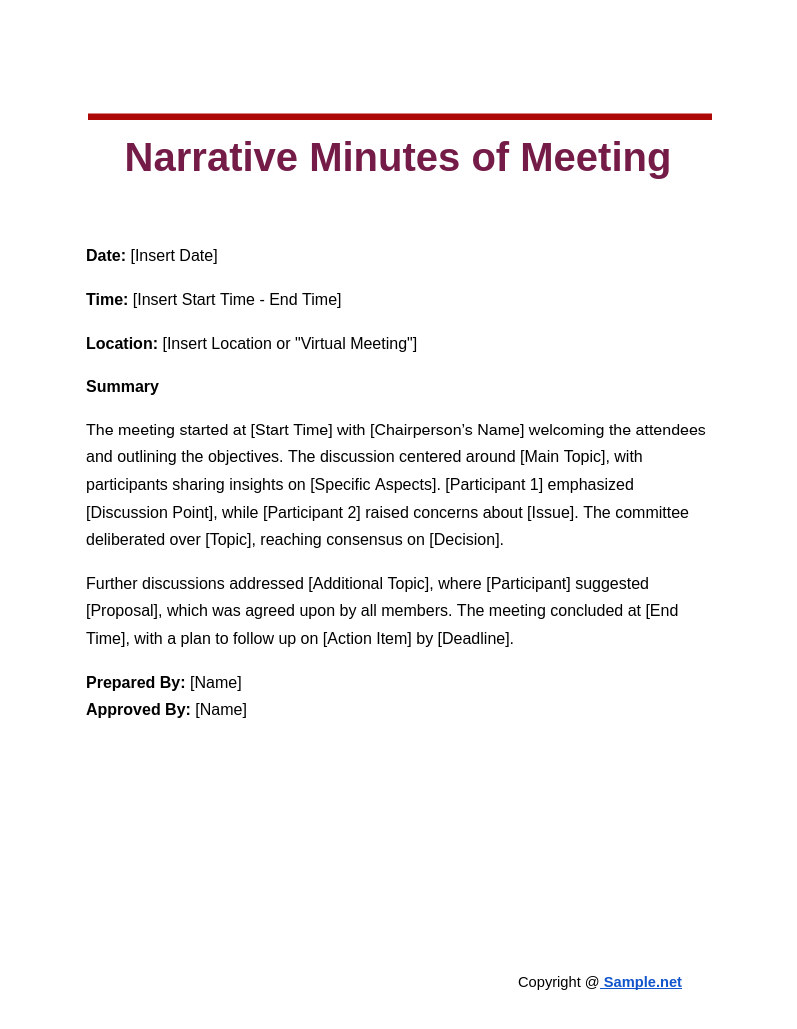
Narrative Minutes of Meeting
download now -
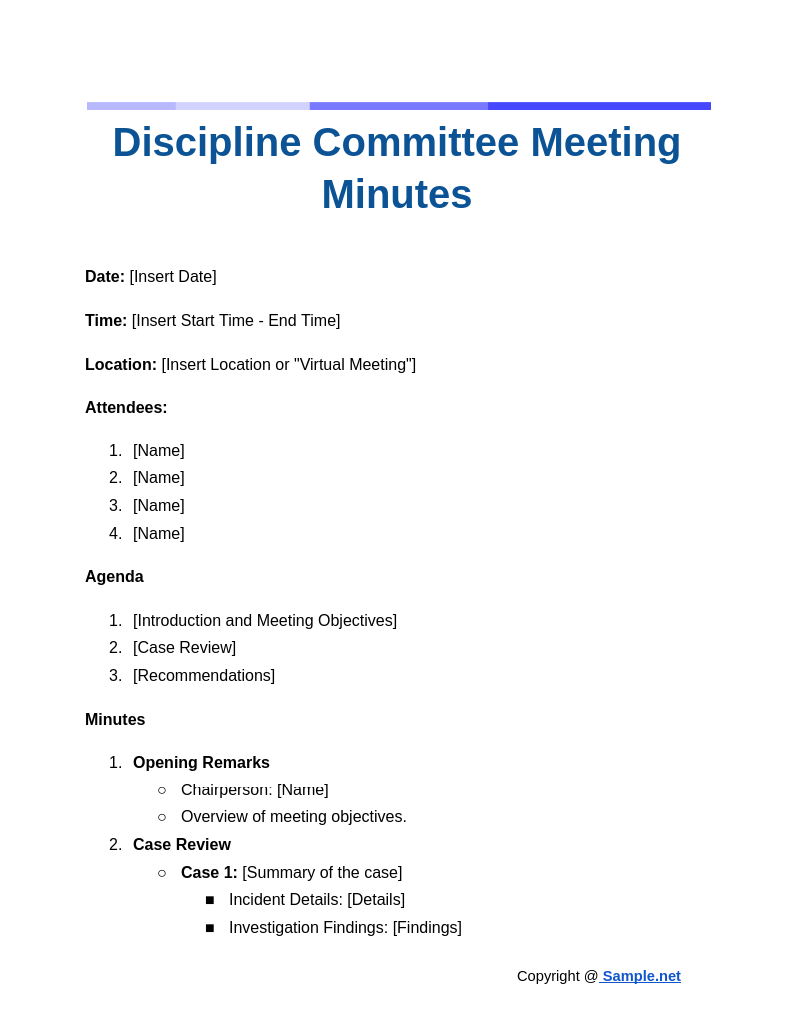
Discipline Committee Meeting Minutes
download now -
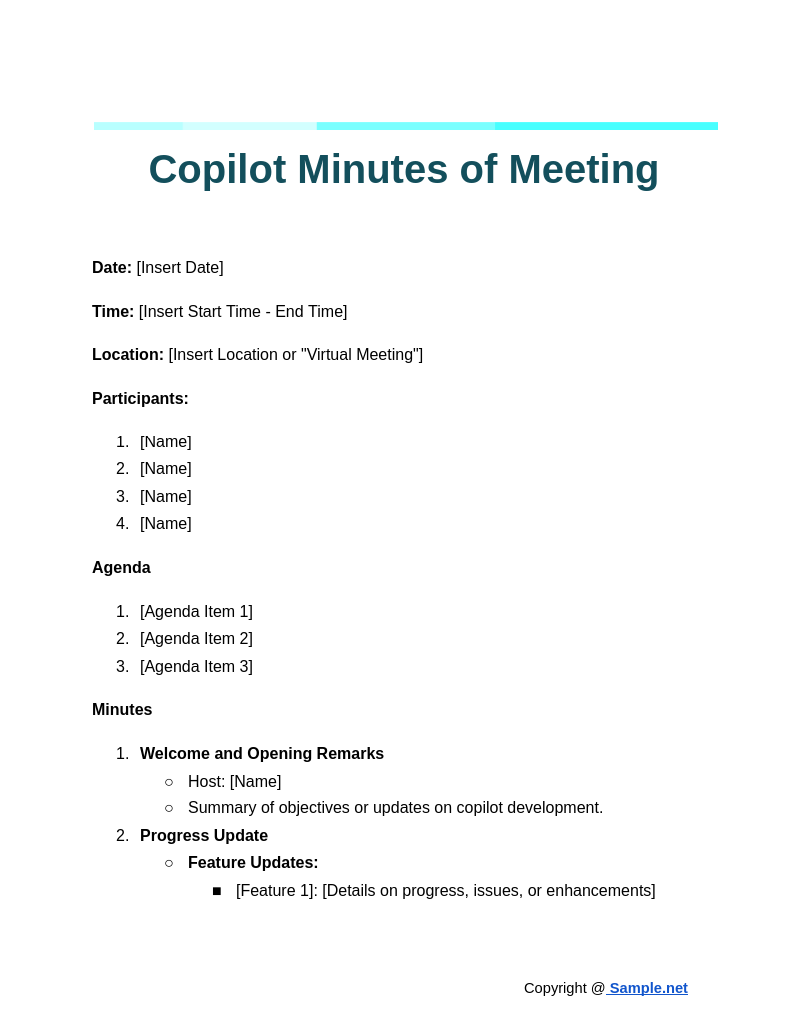
Copilot Minutes of Meeting
download now -
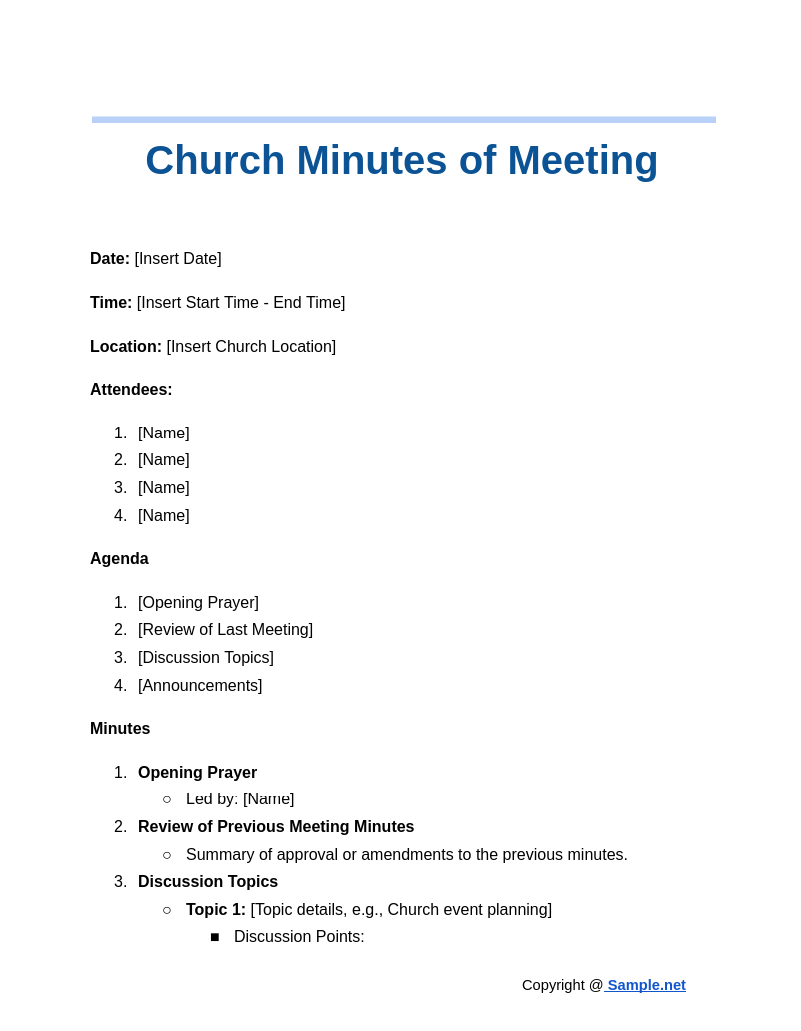
Church Minutes of Meeting
download now -
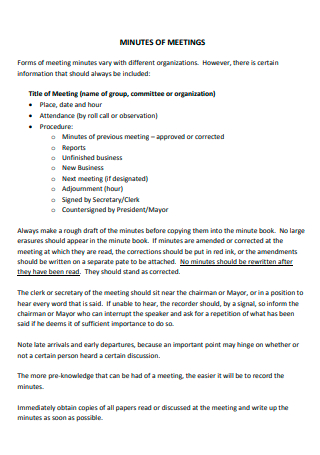
Minutes of Meeting Template
download now -
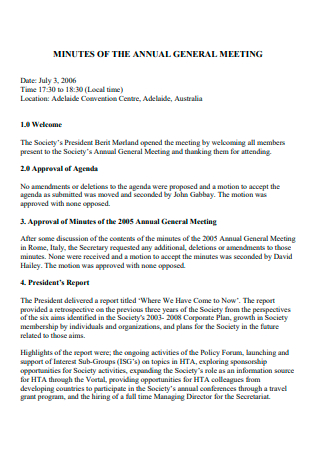
Minutes of Annual General Meeting
download now -
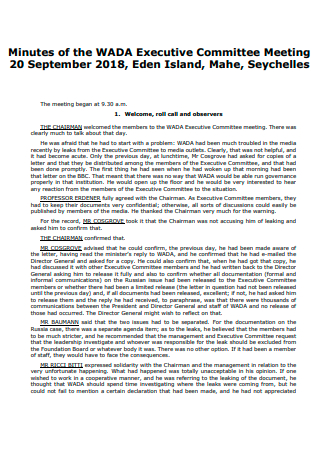
Minutes of Executive Committee Meeting
download now -
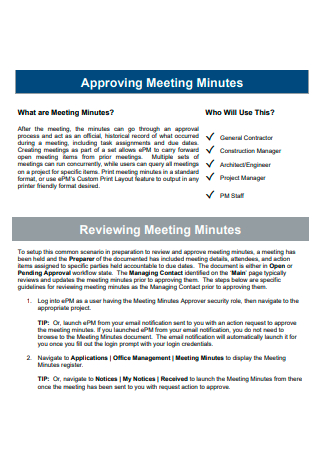
Approving Meeting Minutes
download now -

Election Meeting Minutes Form
download now -
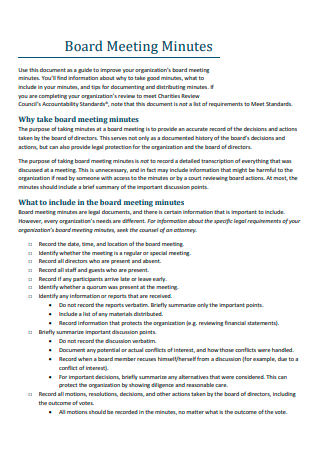
Board Meeting Minutes
download now -
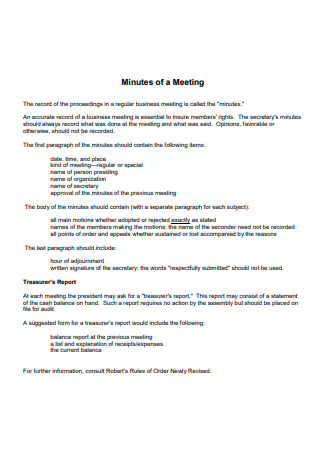
Printable Minutes of Meeting
download now -
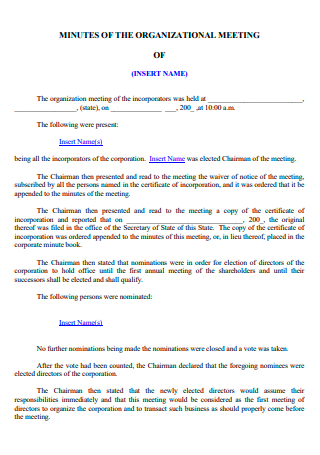
Minutes of the Organizational Meeting
download now -
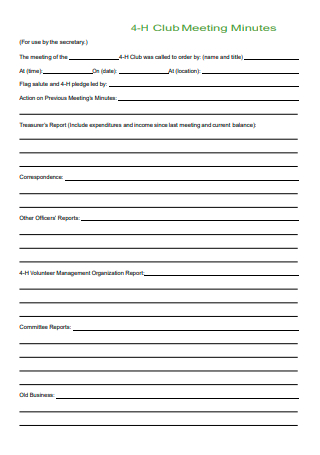
Club Meeting Minutes
download now -
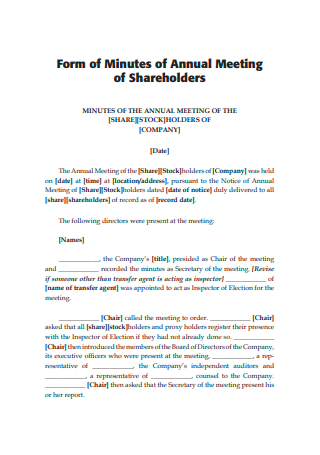
Minutes of Annual Meeting Form
download now -
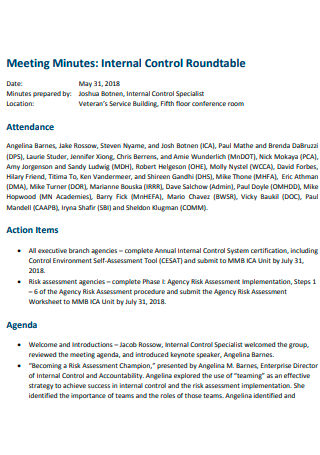
Internal Control Roundtable Meeting Minutes
download now -
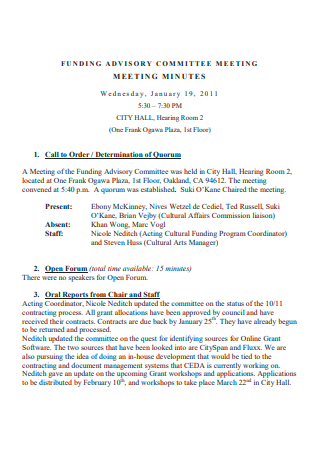
Advisory Committee Meeting Minutes
download now -
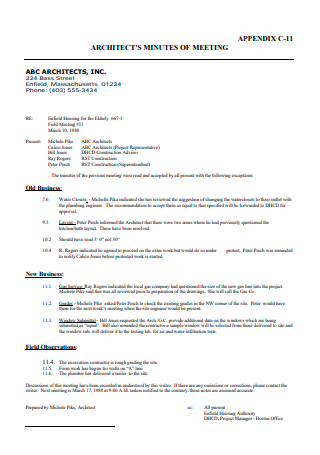
Architects Minutes of Meeting
download now -
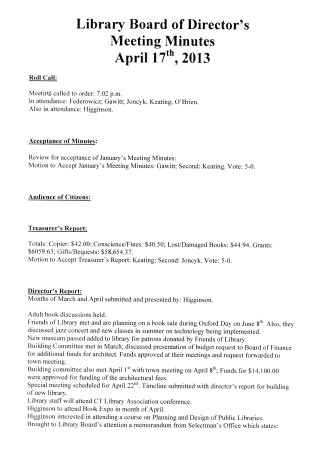
Library Board of Directors Meeting Minutes
download now -
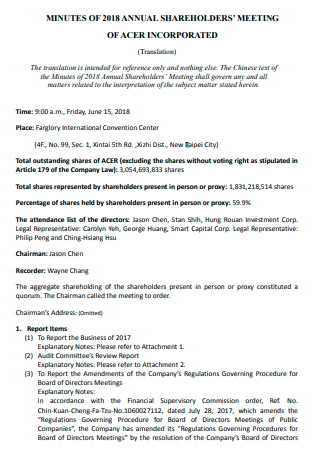
Printable Minutes of Annual Shareholders Meeting
download now -
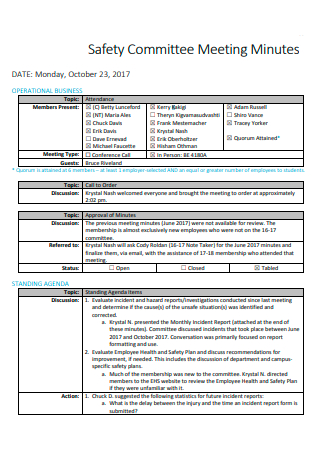
Safety Committee Meeting Minutes
download now -
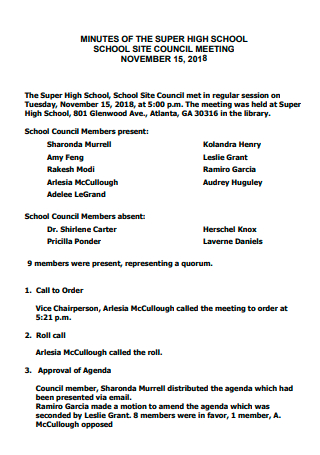
Minutes of High School Site Council Meeting
download now -
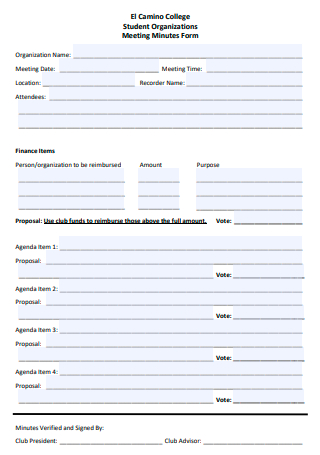
Meeting Minutes Form
download now -
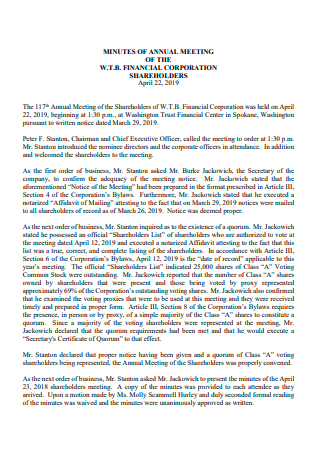
Printable Minutes of Annual Meeting
download now -
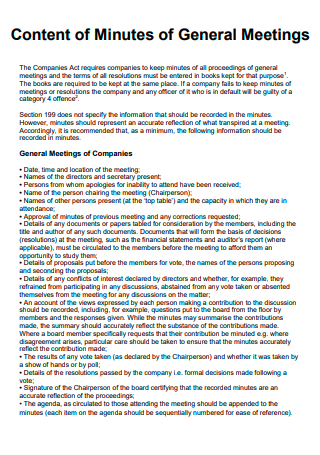
Content of Minutes of General Meetings
download now -
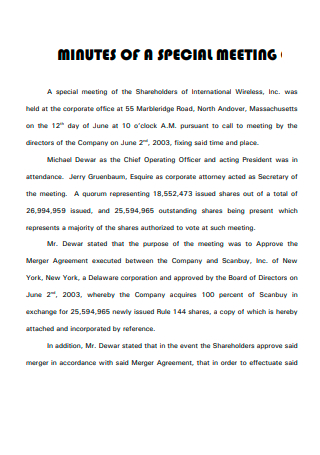
Minutes of Special Meeting
download now -
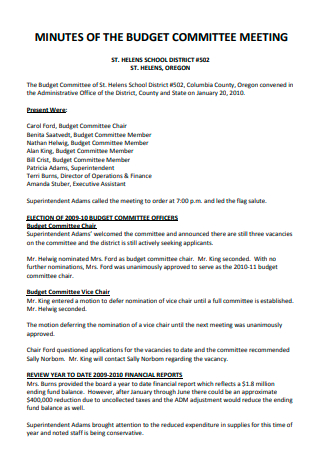
Minutes of Budget Committee Meeting
download now -
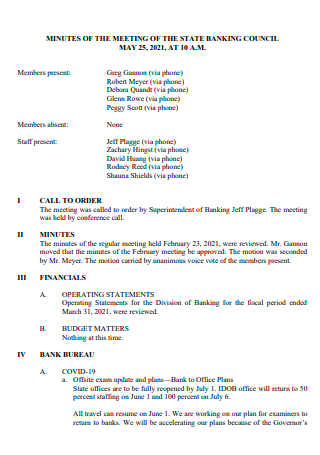
Minutes of Meeting of Banking Council
download now -
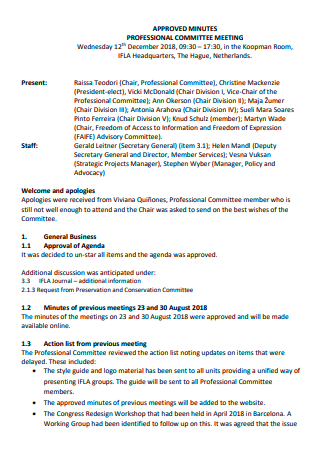
Minutes of Professional Committee Meeting
download now -
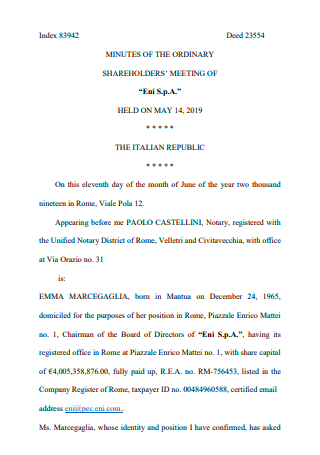
Minutes of Ordinary Shareholder Meeting
download now -
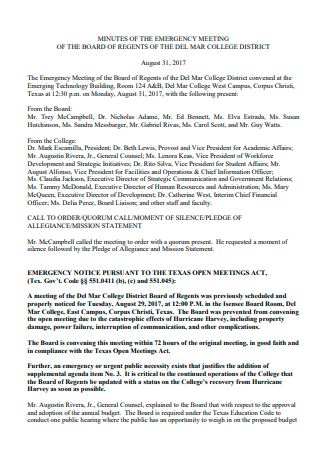
Printable Minutes of Emergency Meeting
download now -
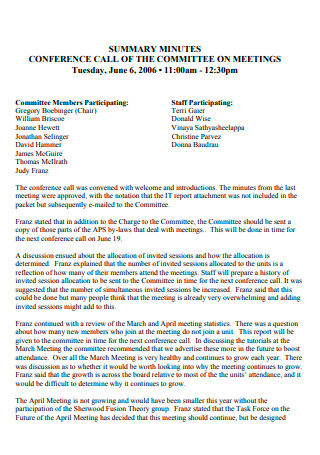
Minutes Conference Call of Committee on Meeting
download now -
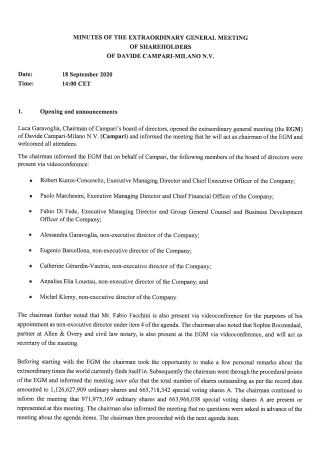
Minutes of Extraordinary General Meeting
download now -
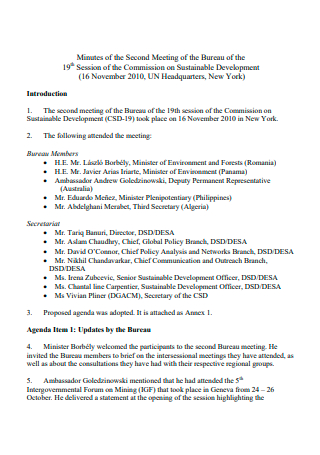
Minutes of Second Meeting
download now -
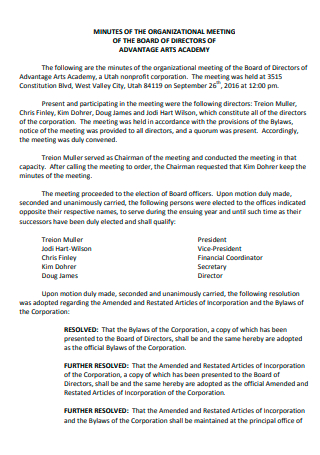
Printable Minutes of Organizational Meeting
download now -
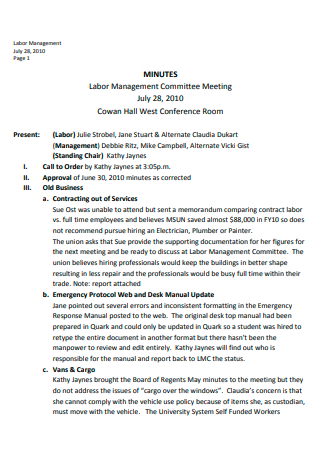
Minutes of Labor-Management Committee Meeting
download now -
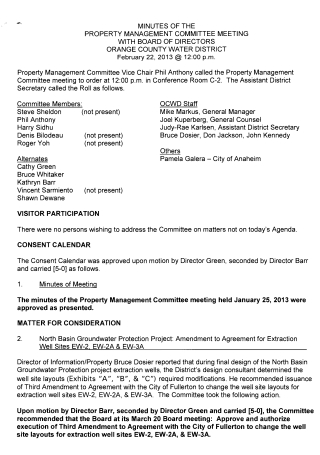
Minutes of Property Management Committee Meeting
download now -
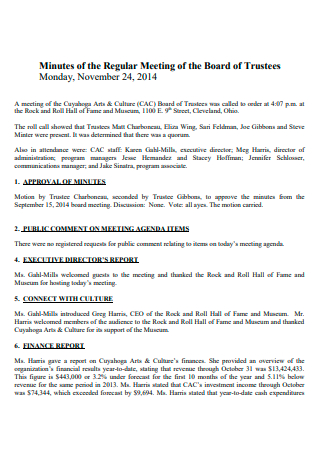
Minutes of the Regular Meeting of the Board of Trustees
download now -
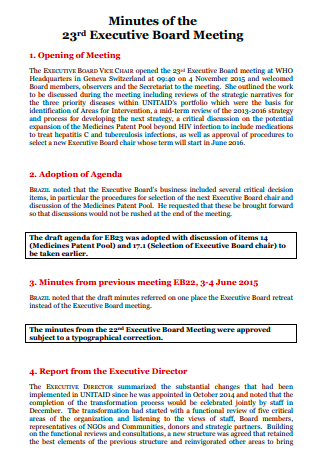
Minutes of Executive Board Meeting
download now -
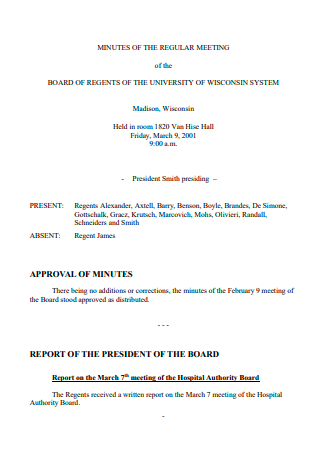
Minutes of Regular Meeting
download now -
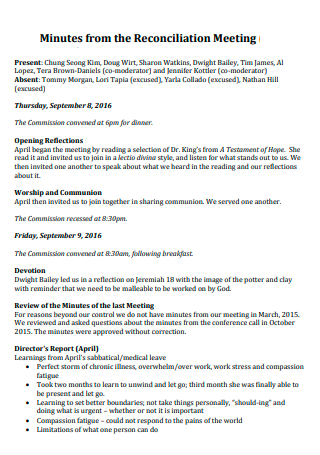
Minutes from the Reconciliation Meeting
download now -
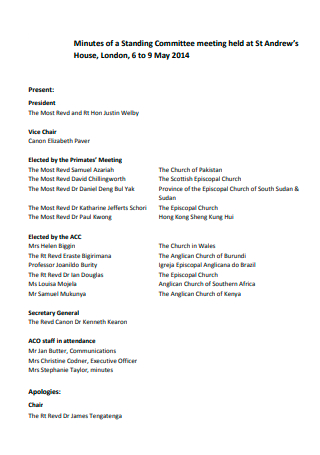
Minutes of Standing Committee Meeting
download now -
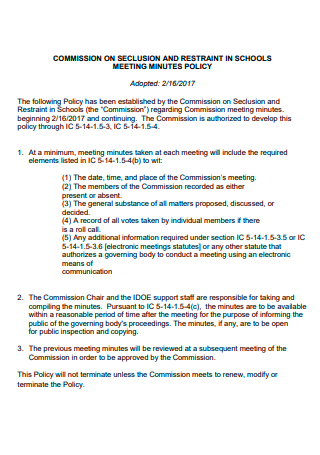
Meeting Minutes Policy
download now -
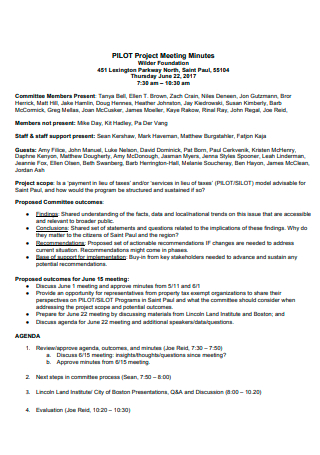
Printable Project Meeting Minutes
download now
FREE Printable Minutes of Meeting s to Download
Printable Minutes of Meeting Format
Printable Minutes of Meeting Samples
What is the Minutes of Meeting?
Components of a Minutes of Meeting
How to Create Minutes of Meeting
FAQs
What are the types of minutes?
What is the format for writing minutes?
What are the don’ts when writing minutes?
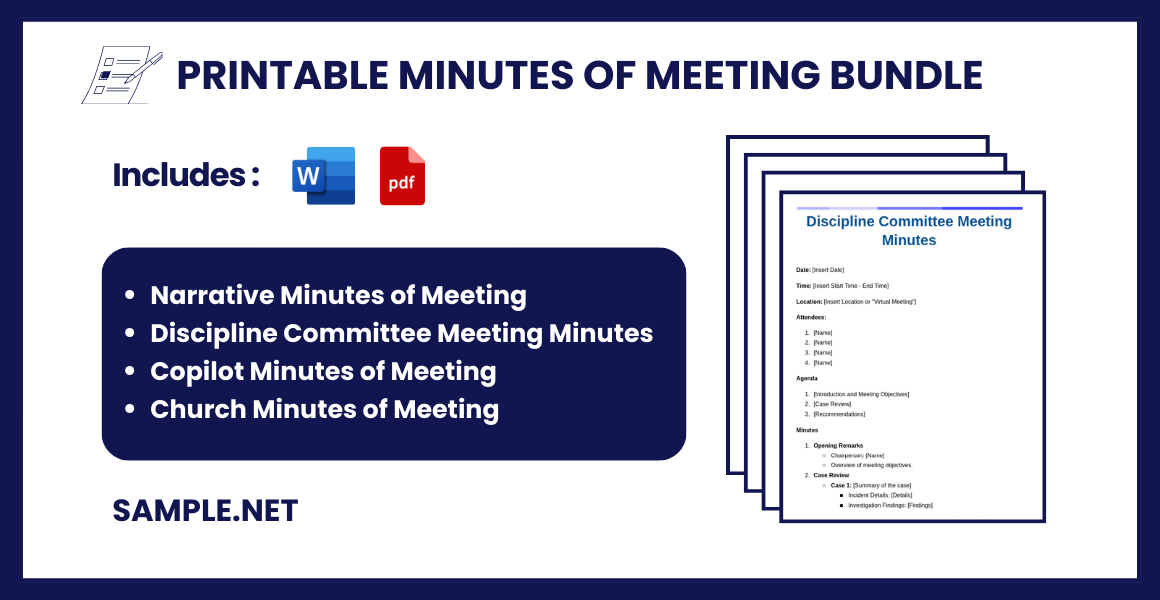
Download Minutes of Meeting Bundle
Printable Minutes of Meeting Format
Date: [Insert Date]
Time: [Insert Start Time – End Time]
Location: [Insert Meeting Location]
Attendees:
- [Name]
- [Name]
- [Name]
- [Name]
Absent:
- [Name] (if applicable)
Agenda
- [Agenda Item 1]
- [Agenda Item 2]
- [Agenda Item 3]
Minutes
1. Welcome and Opening Remarks
- Host: [Name]
- Summary of opening remarks or introductions.
2. Review of Previous Meeting Minutes
- Discussion: [Brief summary of the review]
- Decision: [Accepted, modified, or carried forward]
3. Discussion Points
- [Topic 1]
- Presenter: [Name]
- Key Points Discussed:
- [Key Point 1]
- [Key Point 2]
- [Key Point 3]
- Decision/Action Items:
- [Decision/Action 1]
- Responsible Person: [Name]
- Deadline: [Due Date]
- [Topic 2]
- Presenter: [Name]
- Key Points Discussed:
- [Key Point 1]
- [Key Point 2]
- [Key Point 3]
- Decision/Action Items:
- [Decision/Action 1]
- Responsible Person: [Name]
- Deadline: [Due Date]
4. Other Business
- Any additional topics discussed.
- Decisions/Actions noted.
5. Closing Remarks and Next Steps
- Summary of next steps and deadlines.
- Date of next meeting: [Insert Date]
- Time of next meeting: [Insert Time]
Prepared By: [Name of Note Taker]
Approved By: [Name of Chairperson]
What is the Minutes of Meeting?
Minutes of Meeting are detailed notes capturing discussions, decisions, and action items of a meeting, serving as an official record. You can also see more on Training Meeting Minutes.
Components of a Minutes of Meeting
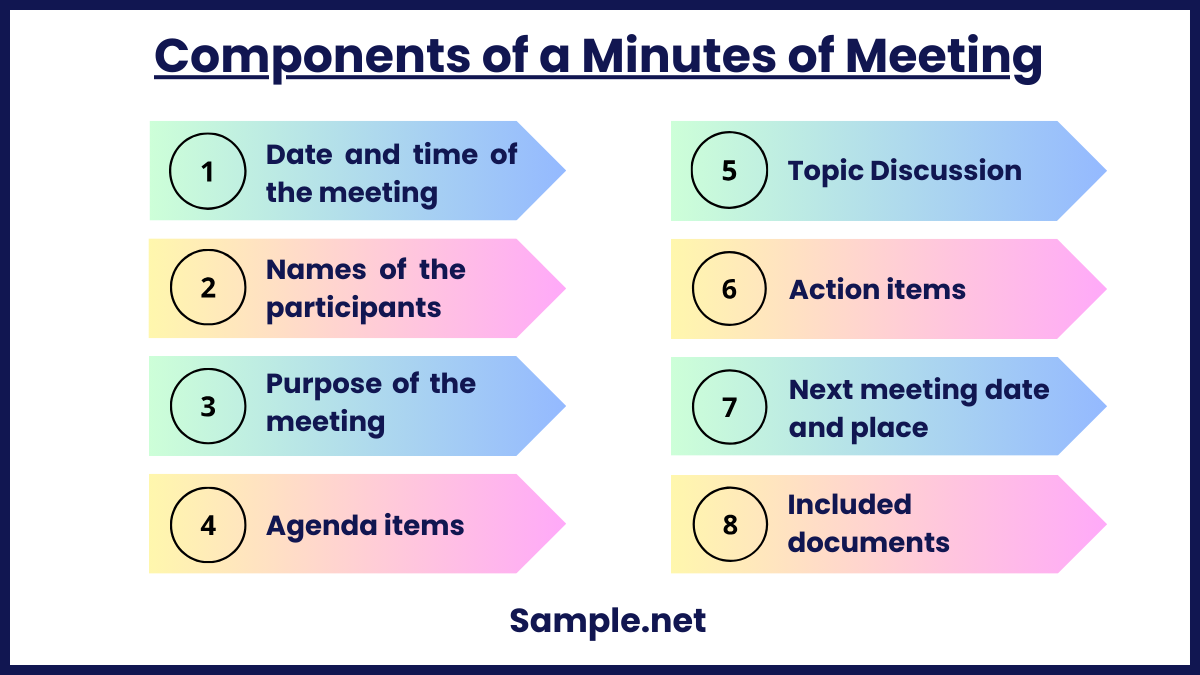
Meeting minutes are critical documents that provide historical records of the short-term and long-term planning of the organization. It is a reference record that allows the business to see the progress over the years of implementing plans. The document also provides legal security to a company by having records that contain due diligence. A company must ensure that the person responsible for note-taking and creating the minutes of the meeting know what comprises the document. The section below identifies the different components of meeting minutes together with helpful descriptions to better understand their significance. You can also see more on Office Meeting Minutes.
How to Create Minutes of Meeting
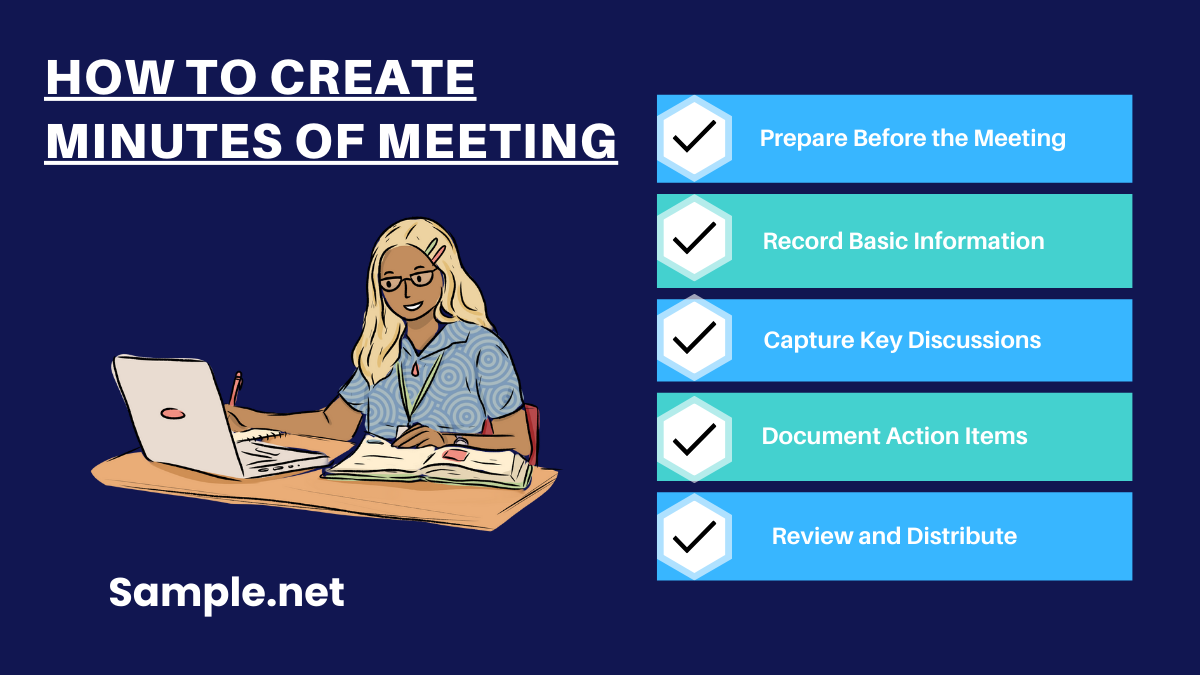
Step 1: Prepare Before the Meeting
Begin by reviewing the meeting agenda and understanding the key objectives. It’s important to know the topics that will be discussed. Create a structured template to record minutes efficiently. Note down the names of expected attendees and gather any materials that will be needed to take notes effectively.
Step 2: Record Basic Information
Start the process by documenting the meeting’s basic details, such as the date, time, location, and the names of attendees. As the meeting progresses, note the start time and the agenda items as discussed. Make sure to organize the notes in a clear, chronological order to capture the flow of discussions accurately. You can also see more on Grievance Meeting Minutes.
Step 3: Capture Key Discussions and Decisions
During the meeting, focus on summarizing significant discussions and decisions made by the participants. Note the viewpoints raised by attendees, highlighting essential contributions. Ensure that the notes are factual and objective. When decisions are made, record them precisely, along with any important points that led to those decisions.
Step 4: Document Action Items
Identify the actions agreed upon during the meeting, including tasks, deadlines, and responsible persons. Clearly assign each task to specific individuals to ensure accountability. This step is crucial for effective follow-up and monitoring progress after the meeting.
Step 5: Review and Distribute
After the meeting ends, review the minutes to ensure accuracy and completeness. Edit the content for clarity and consistency. Once finalized, distribute the minutes to all attendees and other relevant stakeholders within 24-48 hours. Make sure to save the minutes in a well-organized, easily accessible location for future reference. You can also see more on Board Meeting Agenda.
FAQs
What are the types of minutes?
There are three types of minutes that organizations use during their meetings. They are action verbatim, action, and discussion minutes.
What is the format for writing minutes?
When writing meeting minutes, ensure that you write clear and concise statements in the past tense. Remember to utilize active instead of passive voice and specific language instead of vague phrases. You can also see more on Research Meeting Minutes.
What are the don’ts when writing minutes?
In writing meeting minutes, do not include personal observations or judgemental comments. Avoid writing every word in discussions and conversations. Do not disseminate information with the approval of the preceding chairperson.
